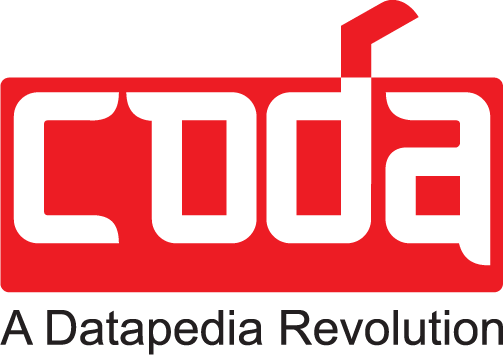Effective inventory management is a critical aspect of running a successful business that deals in physical products. Whether it is a small retail store or a large warehouse, maintaining the right level of inventory can help improve efficiency, reduce costs, and increase customer satisfaction. However, optimizing inventory levels can be a challenging task, especially for businesses with large inventories.
One of the ways that businesses can optimize their inventory management is by using machine learning algorithms. In this blog post, we will discuss how machine learning can be used to optimize inventory management, and its benefits, and provide examples of relevant topics.
Forecasting Demand with Machine Learning
Forecasting demand is a vital aspect of inventory management, as it enables businesses to predict customer demand accurately. By using machine learning algorithms to analyze historical sales data, businesses can identify patterns and trends in customer behavior. This information can be used to predict future demand accurately, thereby optimizing inventory levels and reducing stockouts, which can improve customer satisfaction.

Example
A business can use machine learning to analyze data on product sales during different seasons or periods. By identifying patterns in customer behavior during these periods, businesses can adjust their inventory levels to match the expected demand. This can help prevent stockouts during peak periods and reduce waste during low seasons.
Optimizing Inventory with Machine Learning
Optimizing inventory helps businesses to minimize costs and maximize profits. By using machine learning algorithms to analyze data, businesses can identify which products are selling well and which are not. This information can be used to adjust inventory levels, reorder points, and safety stock levels.

Example
Machine learning can be used to analyze data on product sales and inventory levels to determine which products are popular and which are not. Based on this information, businesses can adjust their inventory levels, reorder points, and safety stock levels to ensure that they are always stocked with the right products. It will help prevent overstocking or understocking and reduce the likelihood of product wastage.
Managing Product Shelf Life
Managing product shelf life is crucial for businesses that deal with perishable products. By using machine learning algorithms, businesses can analyze data on product shelf life, such as expiration dates, to ensure that they are only stocked with products that are still fresh and safe to consume. This can help reduce waste and prevent stockouts of products that have expired, which can impact customer satisfaction.

Example
A business can use machine learning to analyze data on the shelf life of perishable products and predict when they will expire. Based on this information, they can adjust their inventory levels and ensure that they are only stocked with fresh products. It will help reduce waste and improve customer satisfaction by ensuring that they receive high-quality products.
Importance of Effective Inventory Management
Effective inventory management is essential for businesses for several reasons.
- It helps businesses maintain the right level of inventory. When a business has too much inventory, it ties up capital and storage space, which can increase costs. Conversely, when a business has too little inventory, it can result in stockouts, which can lead to lost sales and dissatisfied customers. By maintaining the right level of inventory, businesses can reduce costs and improve customer satisfaction.
- Effective inventory management can improve operational efficiency. When businesses have the right amount of inventory, they can fulfill customer orders quickly and efficiently. This can lead to improved productivity and reduced labor costs.
- Inventory management can help businesses maximize profits. By optimizing inventory levels, businesses can reduce inventory carrying costs and increase inventory turnover. This can lead to increased profitability.
Challenges Associated with Optimizing Inventory Levels
Optimizing inventory levels can be a challenging task for businesses, especially those with large inventories.
- One of the main challenges is forecasting demand accurately. Businesses need to predict future demand to maintain the right level of inventory. However, forecasting demand accurately can be difficult, especially in a volatile market.
- Another challenge associated with optimizing inventory levels is managing product shelf life. Businesses need to ensure that they sell products before their expiration dates to avoid waste and losses.
- Additionally, adjusting inventory levels, reorder points, and safety stock levels can be time-consuming and complex, especially for businesses with large inventories.
How Prosol can help you with effective Inventory Management
Integration
With Prosol, you can get a Master Data Curation Workflow process embedded within your core master data management application.
Cloud-based tool
Our real-time Master Data Management allows you to intelligently govern and synchronize materials data across multiple applications and systems. It ensures that data quality does not decay and remains intact all the time.
Effective search engine
CodaSol has developed Machine Learning Catalogs from the vast datasets we have gathered for years in the form of ProPedia based on Industry Standard Classifications like UNSPSC. Prosol uses this to identify duplicate product codes and eradicate them quickly.
Customizable features
Prosol provides a custom template engine that can help you generate Material codes that adhere to your policies. Prosol also allows multiple templates to be used for different material categories as well.
Global standard
By Leveraging Prosol, You can ensure that new item descriptions, modifications, or deletions are always in sync with global standards.
Bonus advantages :
- Prosol helps in Procurement Optimization by avoiding intentional and unintentional excessive purchases.
- It has a Secured data repository.


